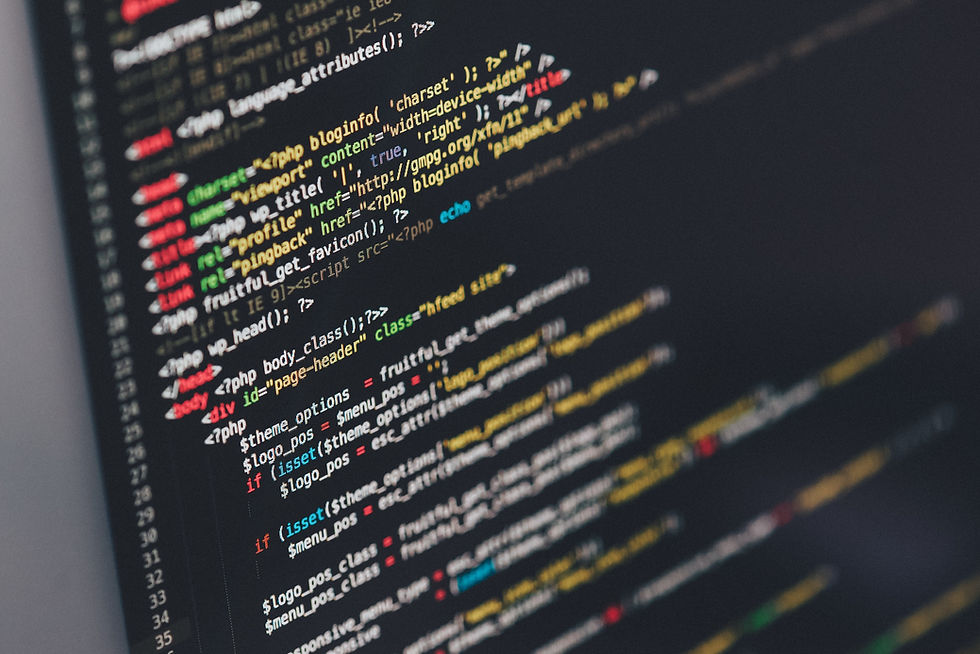Master the Art of Shell Scripting
- ericv2322
- Nov 3, 2023
- 2 min read
Master the Art of Shell Scripting Shell scripting is a powerful tool that can greatly enhance your programming skills and productivity. Whether you're a beginner or an experienced programmer, learning shell scripting can open up a whole new world of possibilities. In this blog post, we will introduce you to the art of shell scripting and provide you with tips and examples to help you master this skill. What is Shell Scripting? Shell scripting is the process of writing a series of commands in a shell (command-line interpreter) to be executed by the operating system. It allows you to automate tasks, streamline your workflow, and perform complex operations with just a few lines of code. Why Learn Shell Scripting? There are several reasons why learning shell scripting can be beneficial: 1. Automation: Shell scripting allows you to automate repetitive tasks, saving you time and effort. For example, you can write a script to automatically backup your files, update your system, or perform routine maintenance tasks. 2. Efficiency: Shell scripting can greatly improve your workflow by allowing you to perform multiple operations with a single command. It eliminates the need for manual intervention and reduces the chances of errors. 3. Customization: Shell scripting gives you the flexibility to customize your system according to your needs. You can create scripts to configure your environment, install software, or perform system-wide changes. 4. Problem-solving: Shell scripting provides you with the tools to solve complex problems. You can write scripts to analyze data, manipulate files, or perform calculations. Getting Started with Shell Scripting To get started with shell scripting, you need to have a basic understanding of the shell environment and some programming concepts. Here are a few tips to help you get started: 1. Choose a Shell: There are several shells available, such as Bash, Zsh, and Fish. Choose a shell that is widely used and has good documentation. Bash is the most common choice and is the default shell on most Linux distributions. 2. Learn the Basics: Start by learning the basics of shell scripting, such as variables, loops, and conditionals. These are the building blocks of any script and will help you perform basic operations. 3. Practice with Examples: The best way to learn shell scripting is by practicing with examples. Start with simple scripts and gradually move on to more complex ones. There are plenty of online resources and tutorials available to help you get started. 4. Use Version Control: Version control is essential when working with scripts. It allows you to track changes, collaborate with others, and revert to previous versions if needed. Git is a popular version control system that is widely used in the programming community. 5. Read the Documentation: The shell environment has extensive documentation available. Take the time to read the documentation and familiarize yourself with the various commands and options available. Conclusion Shell scripting is a valuable skill that can greatly enhance your programming abilities. By automating tasks, streamlining your workflow, and solving complex problems, you can become a more efficient and productive programmer. Whether you're a beginner or an experienced programmer, learning shell scripting is a worthwhile investment of your time and effort. So, dive in, start practicing, and master the art of shell scripting with Mr. Script.




Comments